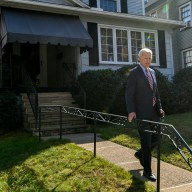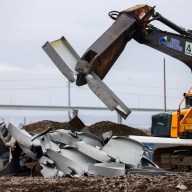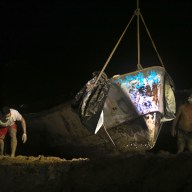This may come as a shock to some — in fact, it may be borderline heresy — but I do not currently own a bus pass.
Don’t get me wrong: I have bus tickets in my wallet for the occasional bus trip. However, come summer, I usually find it cheaper and faster to bike everywhere. As a result, I just don’t see the point in buying an $82 pass each month when a $22 pack of bus tickets serves me just as well.
That explains cheaper, but not how biking can be faster. Well, biking can be faster. And not because I’m an especially fast cyclist either, but because the transit system in Edmonton is riddled with inefficiencies.
Case in point: The meandering bus routes that wind through every side street and cul de sac before finally finding a main road and actually going somewhere. With a bike, this isn’t an issue.
Now, I know that financially stretched transit systems like ours often have to sacrifice efficiency for the sake of wide coverage, but a lady waiting at my stop the other day said it best when she commented, “You know, I wouldn’t mind walking a couple more blocks to the bus stop if it meant it came more often.”
Which brings me to another advantage of cycling: Bikes don’t follow 30-minute schedules, so I can leave whenever I want and I don’t have to spend four or five minutes waiting at a stop for my bus to arrive either.
Of course, when the buses in our city do get to a stop, they often spend two or three minutes just loading and unloading passengers. In Vancouver, they’ve adopted a multiple-door boarding system on some routes to reduce loading times and I’m amazed it hasn’t yet been adopted here in Edmonton — especially on routes like the No. 9.
Yes, there’s always the possibility that people will jump fares if they can board via the back door, but if multiple-door boarding can shave 10 minutes off a one-hour route, the system could still come out ahead financially.
Last on my list of ETS’ inefficiencies is the lack of transit-signal priority controlled lights at intersections. If I had to guess, I’d say that one-quarter of the time spent on a bus is spent unnecessarily waiting at lights.
That said, if TSP intersections are too expensive to install, at least put the bus stops before the lights and not just after them. This way, if a bus has to stop at a red light, at least it can load and unload passengers instead of just sitting there.
– Bryan Saunders is a local transit advocate and a strong supporter of initiatives to decrease dependence on private vehicles.












